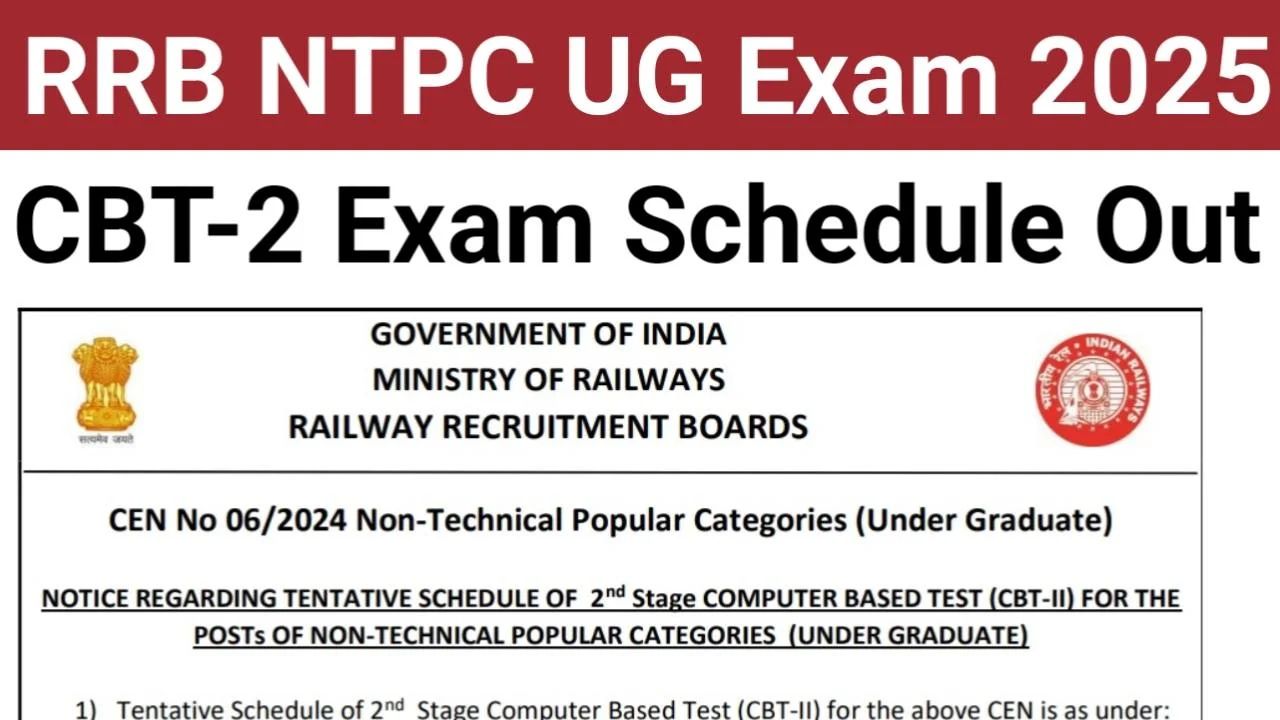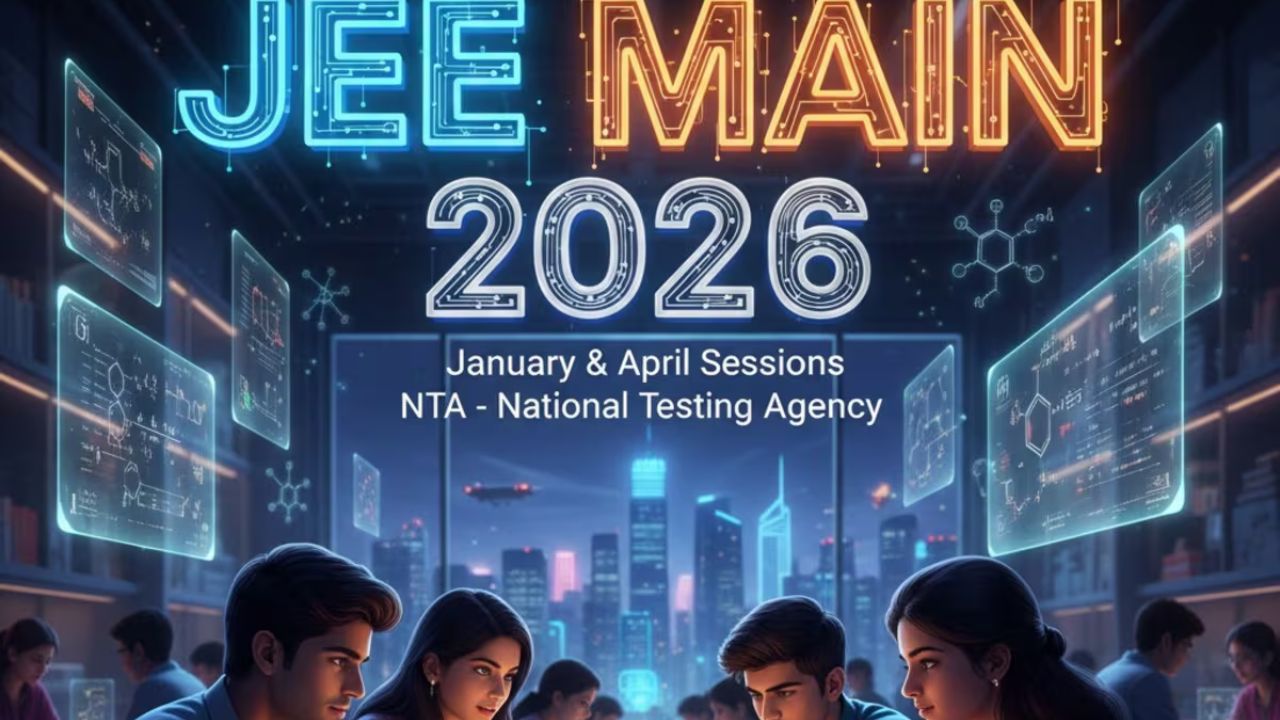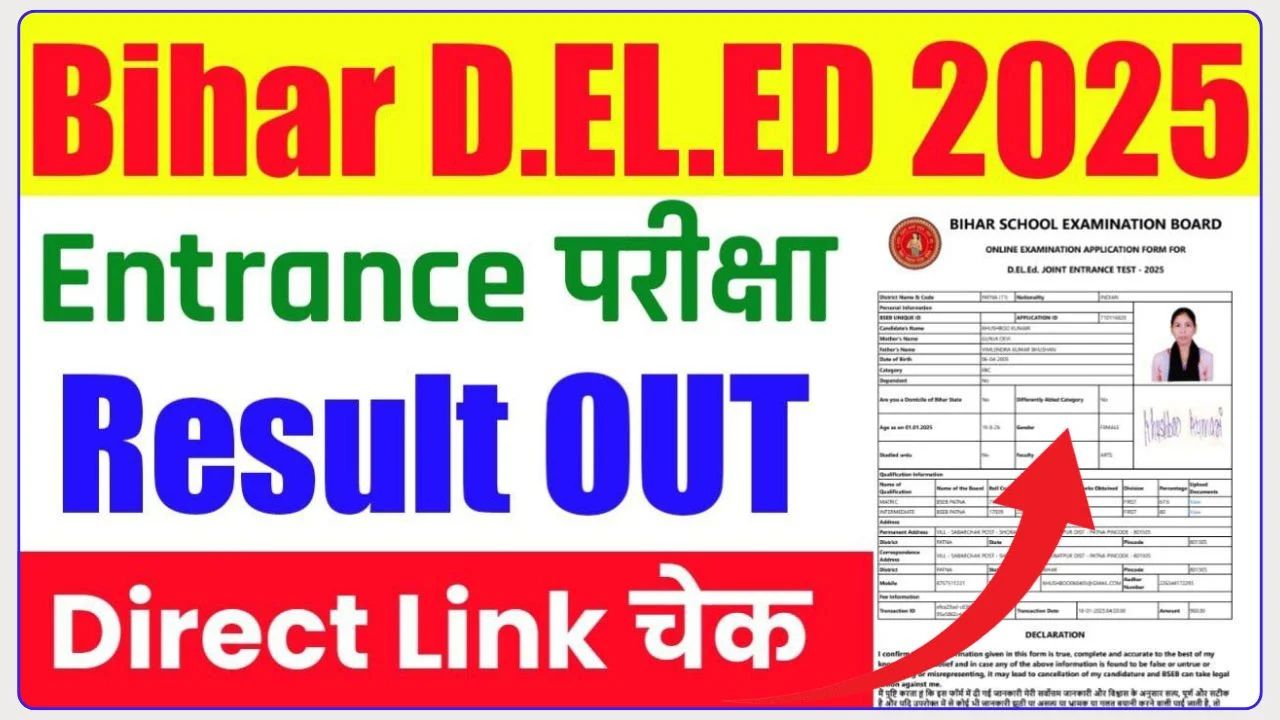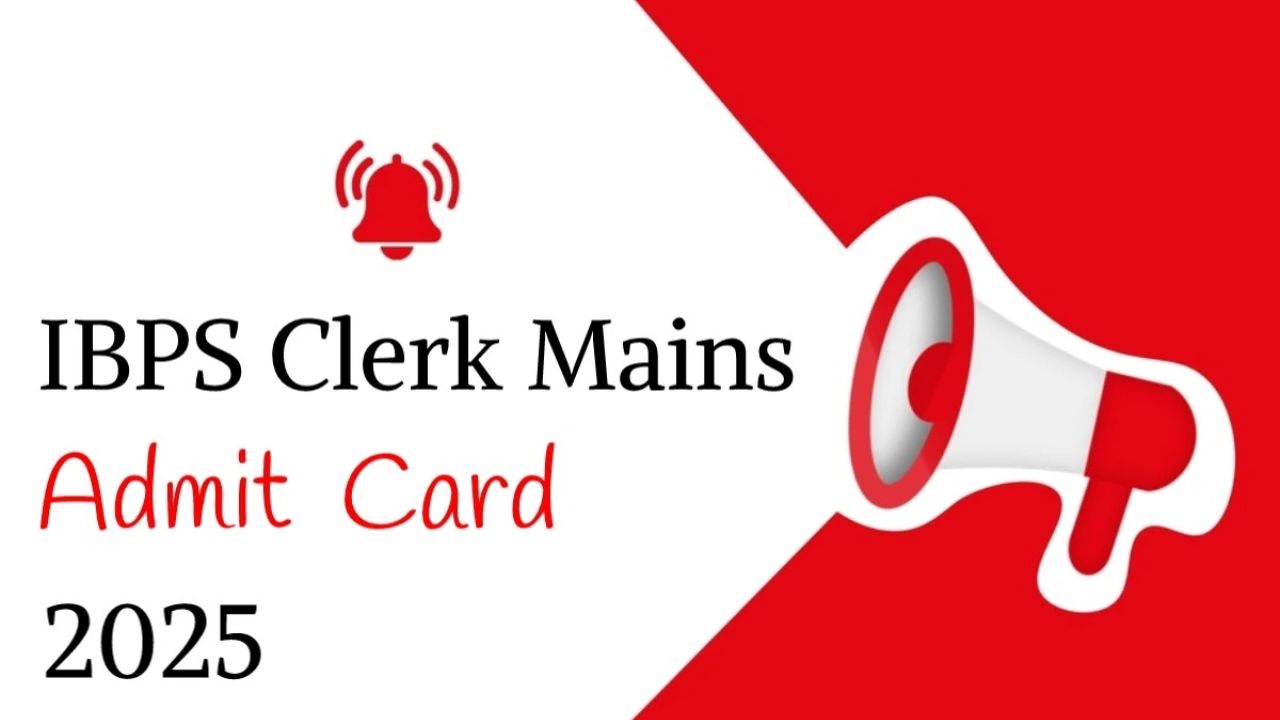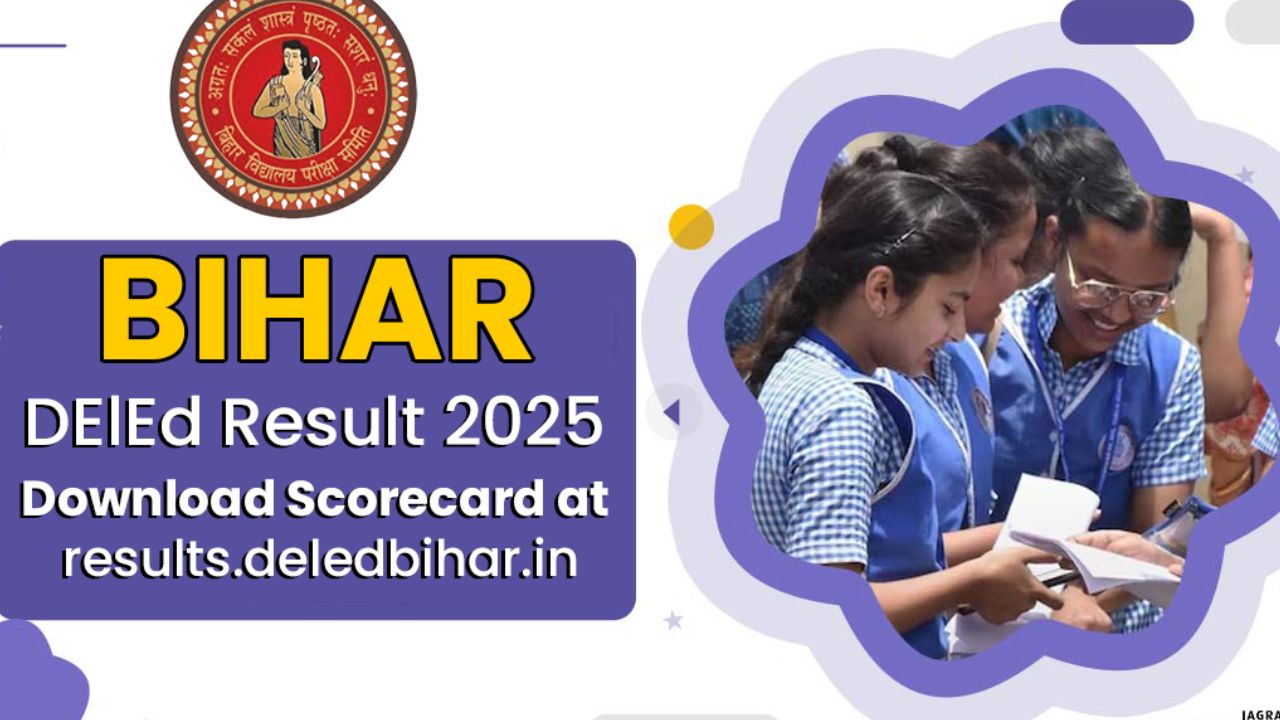Pradhan Mantri Awas Yojana: New applications open, you can get Rs 2.50 lakh, here’s how to fill the form!
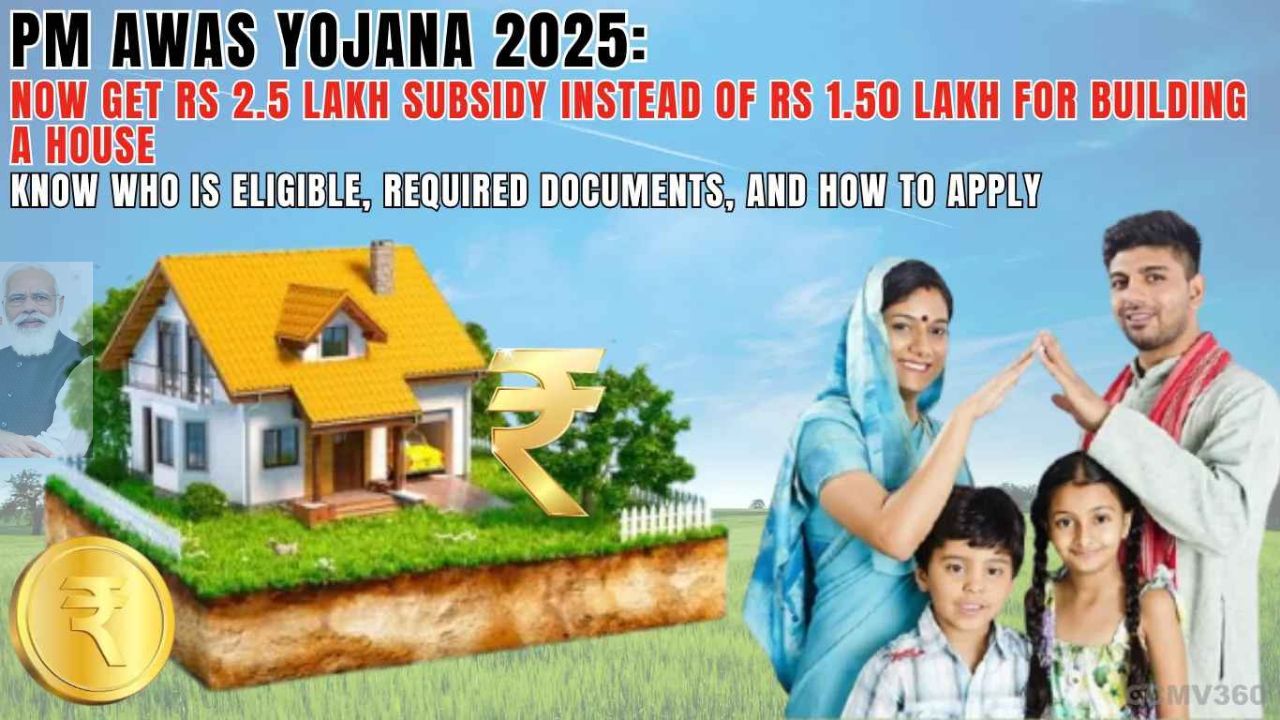
Introduction
Pradhan Mantri Awas Yojana: (PMAY) is India’s flagship affordable housing mission for urban households in EWS/LIG/MIG categories, designed to provide pucca homes and reduce borrowing costs through central support and an interest subsidy pathway called CLSS, alongside other construction-linked verticals. The urban mission period has been extended till December 31, 2025 to complete houses already sanctioned up to March 31, 2022, while the CLSS component had earlier validity up to March 31, 2022; beneficiaries still use the official portals and dashboards to track progress and access services tied to sanctioned projects. Citizens can check assessment status and, where applicable, track CLSS processing via the PMAY-Urban MIS and CLAP systems that integrate lenders, nodal agencies, and beneficiaries in real time.
What PMAY-Urban covers
PMAY-Urban works through four verticals aimed at different needs and delivery models, combining central assistance and state/urban local body implementation for speed and accountability. These include Beneficiary‑Led Construction (BLC) with 1.5 lakh central support for eligible EWS families, Affordable Housing in Partnership (AHP) with 1.5 lakh per EWS home in qualifying projects, and In‑situ Slum Redevelopment (ISSR) with ₹1 lakh per eligible unit, plus the CLSS interest subsidy channel administered centrally during its validity. The scheme defines beneficiary family, pucca house conditions, and state flexibility on unit sizes and ownership norms, with many states enlarging carpet areas beyond EWS minimums.

CLSS, portals, and status tracking
The CLSS Awas Portal (CLAP) connects the Ministry, nodal agencies, lenders, and applicants, enabling status tracking for subsidy applications and improving transparency across the pipeline. Beneficiaries can use the PMAY MIS and mobile/UMANG integrations to monitor assessment, upload details as required by agencies, and follow project execution milestones through dashboards. Note that CLSS validity timelines differ from the broader mission extension for house completion; use the official pages to understand which benefits apply to your case in 2025.
Who is eligible?
PMAY‑U eligibility focuses on families without a pucca house anywhere in India, within defined income brackets for EWS, LIG, and MIG categories as per guidelines; adult earning members can count as separate households under certain conditions. The housing size for EWS is up to 30 sq m carpet area at the national level, with states free to permit larger dwellings via their approvals, and ownership preferences often prioritise women’s ownership/co‑ownership to empower households. Applicants should ensure they have not availed central housing benefits earlier and should prepare documents to validate income, identity, and residence for assessment.
Benefits at a glance
Under BLC and AHP, the central support per eligible EWS unit is ₹1.5 lakh, while ISSR provides ₹1 lakh per house, complementing state/ULB funding and beneficiary contribution to complete construction. Under CLSS during its validity, eligible families received an interest subsidy linked to income category and carpet area limits, with the subsidy credited upfront to the loan account to reduce EMIs, trackable through CLAP. Official portals offer calculators and helplines so citizens and lenders can estimate benefits and timelines aligned with guidelines.
How to apply and track
- Visit the PMAY‑U MIS for assessment, beneficiary listing, and project dashboards; use the CLAP portal to follow CLSS application status where applicable to sanctioned loans.
- You can apply for the Pradhan Mantri Awas Yojana (PMAY) scheme online via the official portal: https://pmaymis.gov.in/
- Keep Aadhaar, income proof, residence documents, and bank details ready; align information with lender KYC to avoid delays in processing and disbursements.
- Use the “Track Your Assessment Status” module on the MIS with your assessment ID or via name/mobile to check updates from your ULB/implementing agency.

Practical tips for families
- Confirm which vertical applies to you: BLC for self‑construction/enhancement, AHP for partner‑built projects, ISSR for notified slums, and understand CLSS timelines for your loan year.
- Cross‑check beneficiary eligibility and pucca house criteria before committing funds; this prevents future disputes and ensures smooth release of central assistance.
- Monitor dashboards regularly to see house status, fund releases, and occupation stages; escalate issues through official helplines rather than third‑party intermediaries.
dignity, fairness, and the right to housing
Housing support is more than a subsidy—it’s dignity, safety, and a foundation for opportunity; PMAY‑U’s design pairs financial aid with transparent tracking so families can plan life events around stable shelter. The program’s emphasis on defined eligibility, women’s ownership, and measurable progress attempts to convert policy promises into lived security, aligning with broader goals of equitable urban development. Clarity on entitlements and responsibilities is central to fairness—families know what is due, when it arrives, and how to check without gatekeepers.
People also asked
What did Matthew Breetzke do that suddenly turned the crowd silent and left everyone wondering what happens next?
During an ODI tri‑series in Karachi, South Africa’s Matthew Breetzke and Pakistan’s Shaheen Afridi collided amid a heated exchange—play stopped, the stadium fell quiet, and match officials intervened; Afridi was later fined 25% of his match fee for inappropriate physical contact under the ICC Code of Conduct, and the game continued after calm was restored. The incident underscores how rules and respect protect the spirit of competition—just as transparent processes and grievance redress in housing schemes protect families during stressful milestones.
Read Also
Is PMAY‑U still active in 2025?
Yes, the urban mission has been extended until December 31, 2025 to complete already sanctioned houses; applicants should use the official portals to understand which benefits apply to their timeline and vertical. For CLSS‑related queries, use CLAP and lender support to verify eligibility windows, documentation, and any category‑specific conditions tied to earlier validity.
How do I check my PMAY status?
Use the PMAY‑U MIS “Track Your Assessment Status” tool with your assessment ID or personal details, and if you used CLSS during its validity, check progress through the CLAP portal and lender updates. Keep your registered mobile active to receive OTPs and notifications from the system.
What documents are needed?
Typically Aadhaar, income certificate, address proof, bank details, and declarations on property ownership; lenders may require additional loan‑related KYC if you’re availing credit with CLSS during its validity. Always upload documents via official portals and avoid sharing sensitive details with unverified third parties.
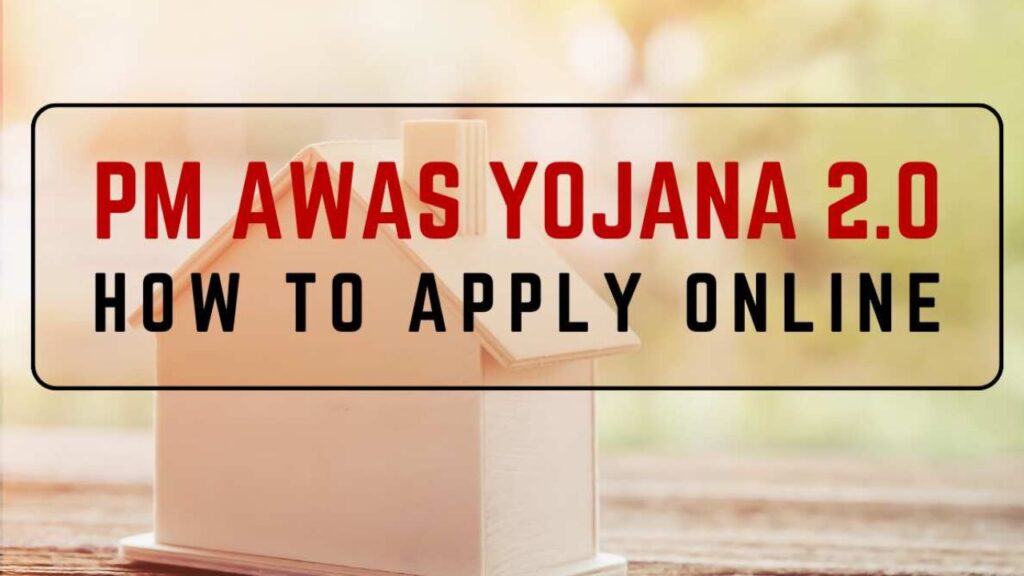
Conclusion
- Meta title: Pradhan Mantri Awas Yojana 2025: Eligibility, Benefits, BLC/AHP/ISSR, Status & CLAP Tracking.
- Meta description: PMAY‑U 2025 guide—check eligibility, ₹1–1.5 lakh central support, CLSS tracking on CLAP, and status on PMAY MIS; learn documents, verticals, and deadlines.
Pradhan Mantri Awas Yojana in 2025 remains a pathway to stable homes and calmer futures—supported by clear rules, accountable portals, and simple steps that families can follow together with confidence


